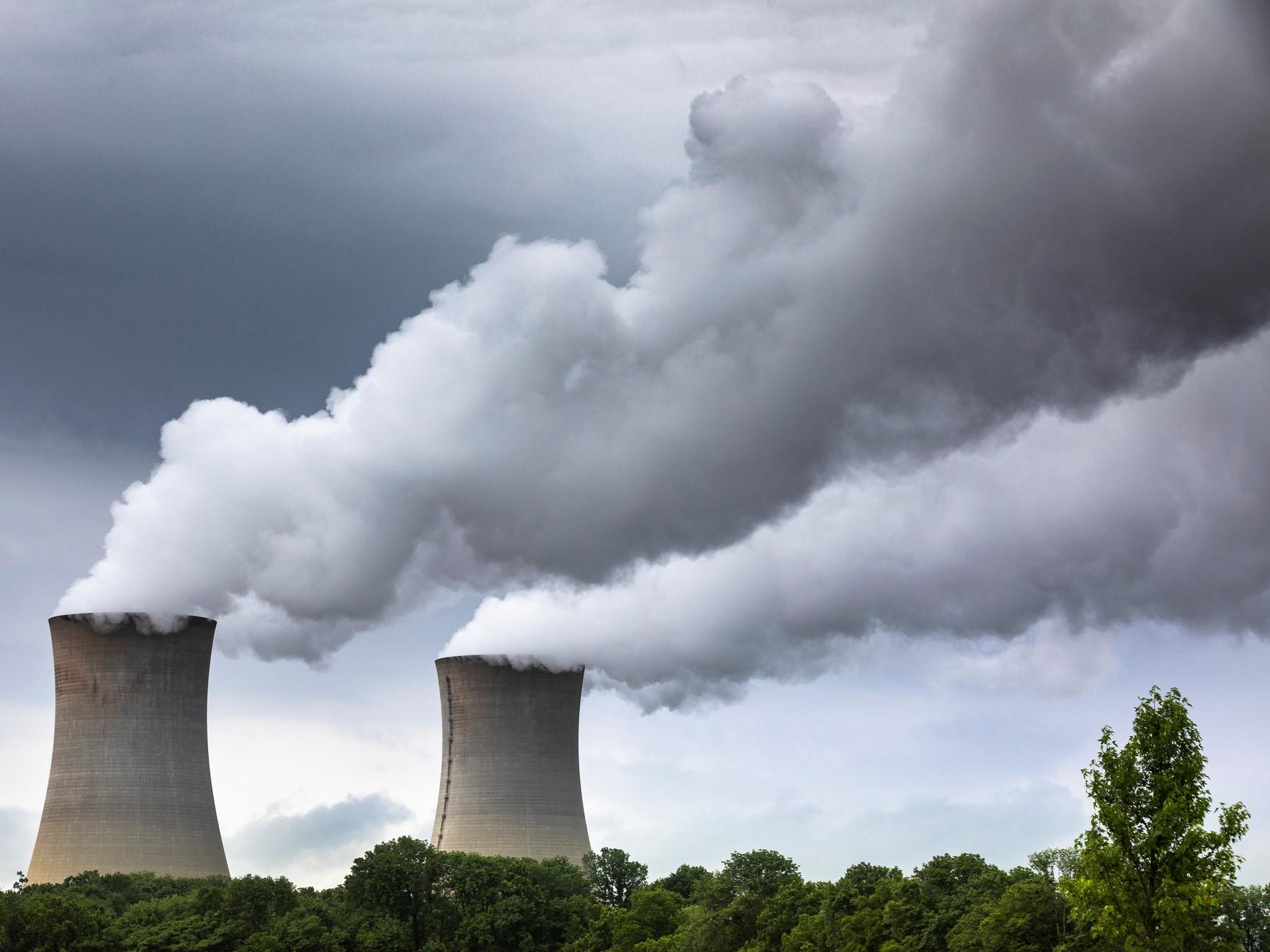Nuclear waste storage plans aren't as safe as we thought, experts warn
'We need to develop a new model for storing nuclear waste,' scientist warns

Current planned methods for storing high-level nuclear waste are "severely" unsafe, scientists have warned.
Researchers at Ohio State University discovered that long-term plans to store radioactive waste from nuclear arms production are unsustainable and would result in radioactive materials being released into the environment.
The materials proposed to store the hazardous waste corrode far more quickly than previously thought, researchers write in a study published in scientific journal Nature Materials detailing their findings.
"This indicates that the current models may not be sufficient to keep this waste safely stored," said Xiaolei Guo, a deputy director at Ohio State University and lead author of the study.
"It shows that we need to develop a new model for storing nuclear waste."
Most countries currently have no disposal sites for high-level nuclear waste, which can remain radioactive for tens of thousands of years.
Finland has begun work on a long-term repository, while the US is also considering a permanent site in Nevada for its waste.
The storage solution involves mixing the waste with other products to form glass or ceramics, before encasing them inside metallic canisters and burying them deep underground.
Due to changes in the chemistry of the nuclear waste over time, the glass and ceramic materials end up causing "severe" corrosion of the metal canisters.
"In the real-life scenario, the glass or ceramic waste forms would be in close contact with stainless steel canisters," Mr Guo said.
"Under specific conditions, the corrosion of stainless steel will go crazy. It creates a super-aggressive environment that can corrode surrounding materials."
The authors of the study said one solution could be to develop a compatible barrier material to put between the metal and the glass or ceramics in order to prevent the corrosion.
Join our commenting forum
Join thought-provoking conversations, follow other Independent readers and see their replies
Comments
Bookmark popover
Removed from bookmarks